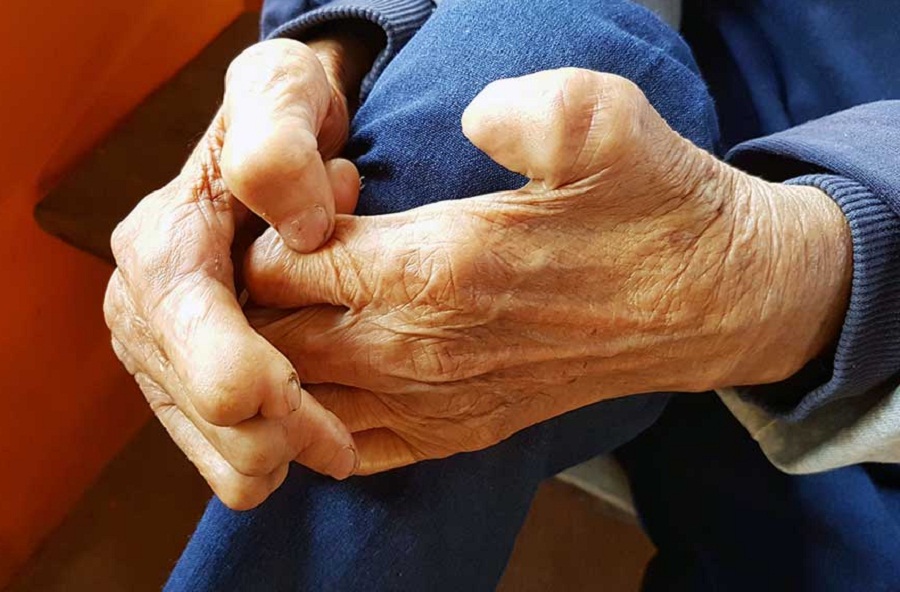
Published :
Updated :

Let's start with the story of a 47-year-old female tea-picker of Sylhet. She developed small patches of discolouration on her left hand. She only paid attention to it when her fingers became stiff, and her livelihood was affected as tea picking became a struggle.
This was a blow to the middle-aged lady whose whole family depended on her income. She had to consult with a physician and received news that she got leprosy. Her nerves on the left were damaged beyond repair, but the doctors could cure her of the disease with the available treatment.
Leprosy is a disease we all probably have heard of. It is caused by bacteria, hence infectious. The affected areas include skin, nerves, respiratory system and sometimes the eyes and the ears.
Usual manifestations are flat discoloured spots on the skin, thick or dry patches, and ulceration or swelling in the earlobes or face.
Eventually, the affected areas become numb without sensation. Diagnosis is confirmed by identifying the bacteria in the skin sample.
The good news is a 100% cure is possible with proper treatment. There are lingering physical deformities and persistent social stigma against the patient in some cases.
World Health Organization (WHO) declared in 2000 that leprosy is no longer a public health problem, probably that came a little too soon.
Leprosy is still prevalent in over 120 countries, and in many parts of the world, the cases are rising, especially in south-east Asia. WHO now calls leprosy a neglected tropical disease or NTD, since following the WHO declaration, many countries shifted their resources elsewhere from tackling leprosy.
The same applies to Bangladesh. Here, WHO declared leprosy eliminated in 1998. Elimination did not mean zero incidences but rather a small number of them. However, concern was raised about hidden cases.
Now, WHO identifies Bangladesh as the country with the fifth-highest number of cases globally; many challenges were highlighted, including continuous transmission, delay in diagnosis and inefficiency in the health care system to manage the issue.
UN has appointed a special rapporteur for leprosy. The rapporteur, Alice Cruz, visited Bangladesh recently and warned about the possibility of a large number of undiagnosed cases of Leprosy.
Leprosy Mission, a charity working in Africa and Asia, pinpointed the tea gardens as a hotbed of leprosy, attributing it to those areas' overcrowded and poor living conditions.
According to their local medical officer in Sylhet, Dr Benjamin Rozario, they are observing an unprecedented rise in cases. This region probably has one of the highest leprosy rates worldwide.
One of the district mayors of the Sylhet region argued that funding has dried up since the WHO declaration in 1998.
However, a strategy titled 'Post Elimination National Leprosy Control Strategy 2011 – 2015' has been rolled out. Allocating sufficient resources and identifying specific, measurable targets are necessary to make it successful. We have already beaten leprosy once; there is no reason we could not do it again.
imtiazdmc@gmail.com


 For all latest news, follow The Financial Express Google News channel.
For all latest news, follow The Financial Express Google News channel.